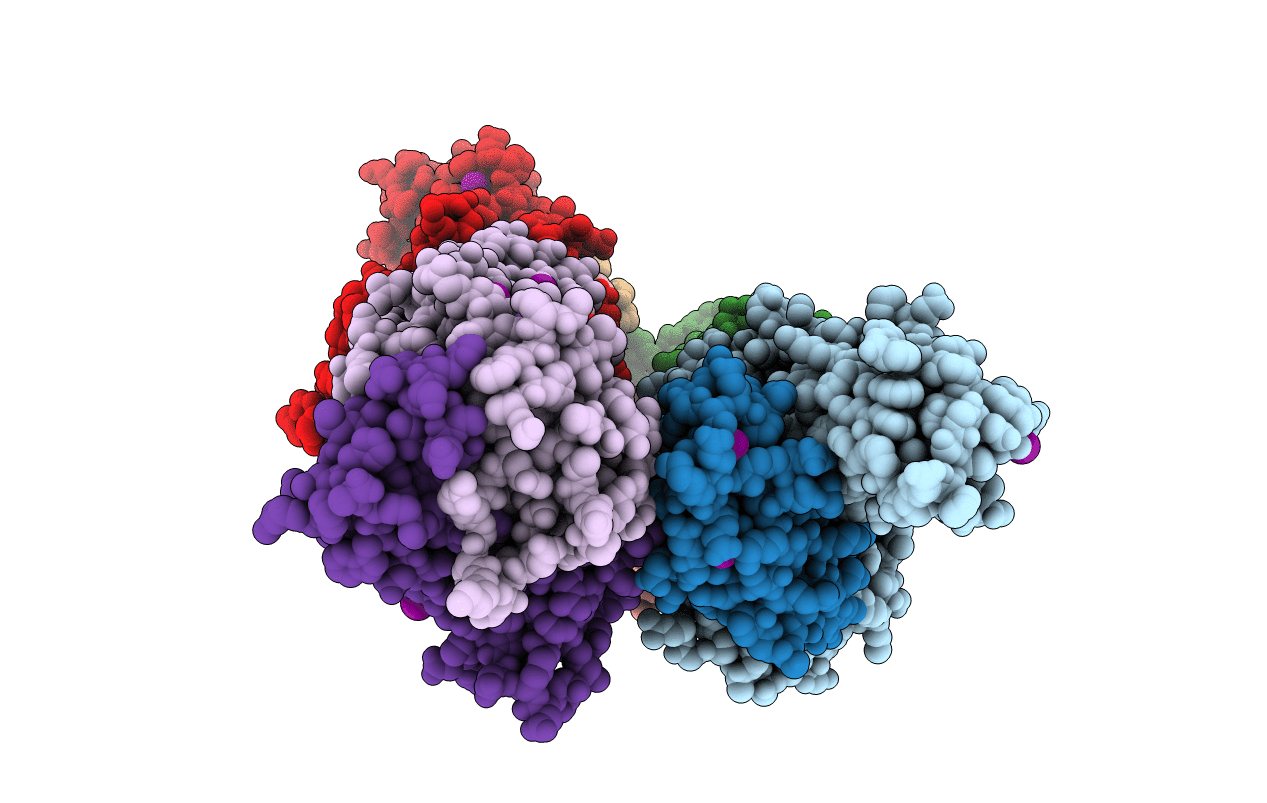
Deposition Date
2020-04-22
Release Date
2021-03-31
Last Version Date
2024-11-13
Entry Detail
PDB ID:
7BYD
Keywords:
Title:
Crystal structure of SN45 TCR in complex with lipopeptide-bound Mamu-B*05104
Biological Source:
Source Organism:
Macaca mulatta (Taxon ID: 9544)
Simian immunodeficiency virus (Taxon ID: 11723)
Simian immunodeficiency virus (Taxon ID: 11723)
Host Organism:
Method Details:
Experimental Method:
Resolution:
2.80 Å
R-Value Free:
0.24
R-Value Work:
0.18
R-Value Observed:
0.18
Space Group:
P 1 21 1


